Breadcrumb
What Is Reconciliation?
At a Glance
Language
English — CASubject
- History
- Genocide
What Is Reconciliation?
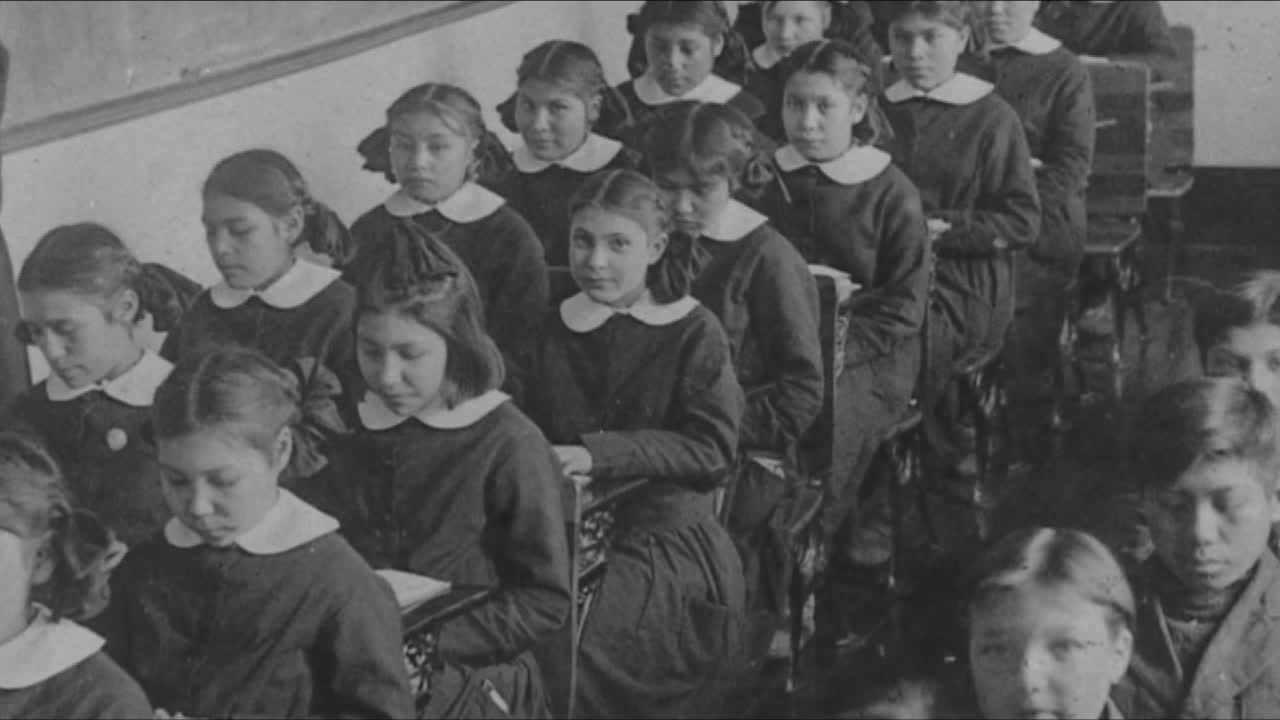
Hello, everybody. I'm Murray Sinclair. I'm the chair of the Truth and Reconciliation Commission of Canada. I want to talk to you for a few minutes about the issue of reconciliation, something which, of course, is very important to us here at the Commission but also is of interest and importance to a lot of people in Canada. One of the things that we at the Commission have discovered is that it took us a long time to get to this point in terms of the relationship between Aboriginal people and this country.
Seven generations of children went through the residential schools. And each of those children who were educated were told that their lives were not as good as the lives of the non-Aboriginal people of this country. They were told that their languages, their cultures were irrelevant. They were told that their people and their ancestors were heathens and pagans and uncivilized and needed to give up that way of life to come to a different way of living.
At the same time that that was going on, non-Aboriginal children in the non-Aboriginal school systems of this country were also being told the same thing about Aboriginal people. So, as a result, many generations of children, including you and your parents, have been raised to think about things in a different way, in a wrong way, in a way that is negative when it comes to Aboriginal people, and we need to change that.
It was the educational system that has contributed to this problem in this country, and it's the educational system, we believe, that's going to help us to get away from this. We need to look at the way that we educate children. We need to look at the way that we educate ourselves. We need to look at what it is that our textbooks say about Aboriginal people. We need to look at what it is that Aboriginal people themselves are allowed to say within the educational system about their own histories.
In addition to that, we also believe that what's important when it comes to looking at the way that children are educated is to understand that because it took us so many generations to get to this point, it's going to take us at least a few generations to be able to say that we are making progress. We cannot look for quick and easy solutions because there are none. We need to be able to look at this from the perspective of where do we want to be in three or four or five or seven generations from now when we talk about the relationship between Aboriginal and non-Aboriginal people in this country.
And if we can agree on what that relationship needs to look like in the future, then what we need to think about is what can we do today that will contribute to that objective? Reconciliation will be about ensuring that everything that we do today is aimed at that high standard of restoring that balance to that relationship.
What Is Reconciliation?
You might also be interested in…
Appartenance
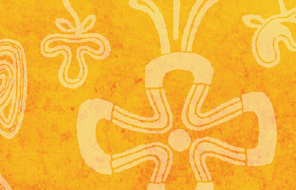
La Loi sur les Indiens et les pensionnats
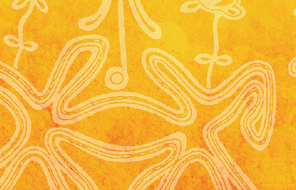
L'expérience des pensionnats
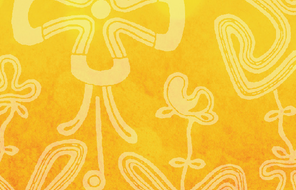
Excuses

Vérité et réconciliation

L'histoire à la recherche d'un nom
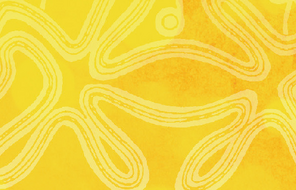
Choix civiques
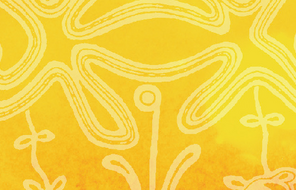
Bearing Witness to the Nanjing Atrocities
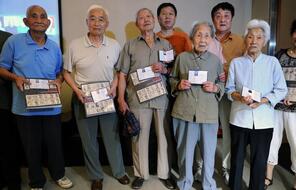
Japanese Imperialism and the Road to War
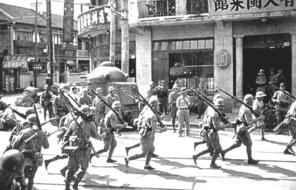
Justice and Judgment after the Nanjing Atrocities
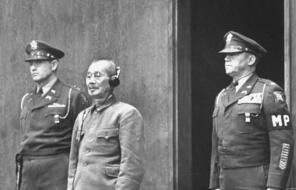
The Nanjing Atrocities: The Range of Responses
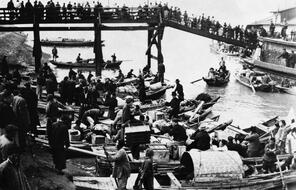
Americans and the Holocaust: The Refugee Crisis





